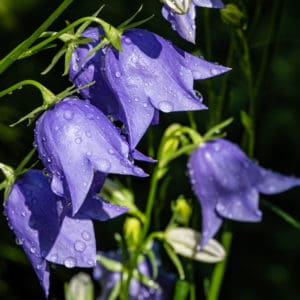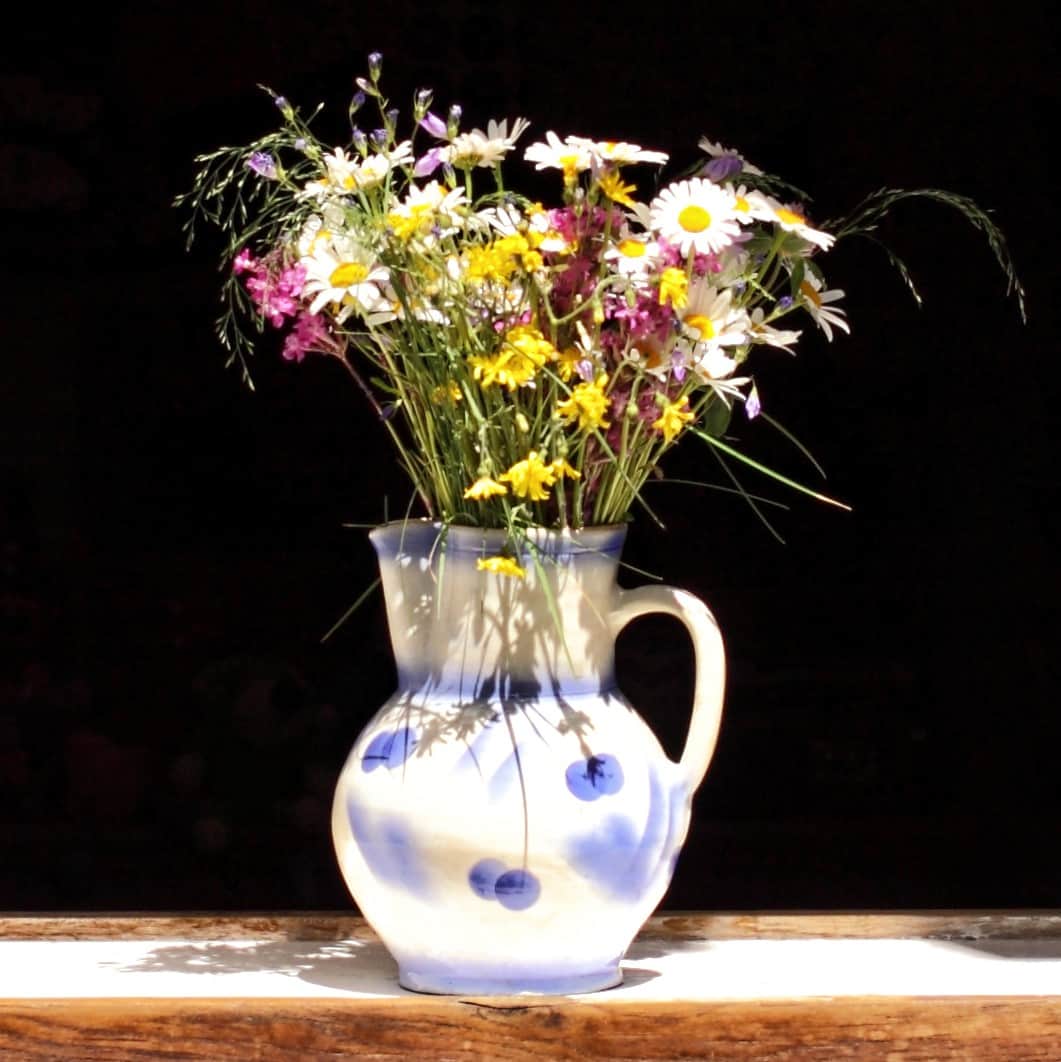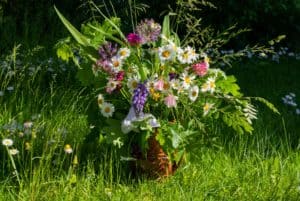
Zinnias are loved by both florists and gardeners for their attractive, full shape and colorful varieties. They are easy to grow and care for and look amazing in arrangements with other florals or on their own. Because the zinnia is a hardy bloom and easy to grow, it is often used as a filler flower and considered more of a ‘basic” flower. Here at Cascade Wholesale Flowers, we think zinnias are spectacular with some truly gorgeous varieties, such as Zinnia Oaklahoma, Purple Prince, Peppermint, and Cactus-Flowered Zinnias.

Zinnias are a genus of the sunflower plant in the daisy family, and there are 22 recognized types of zinnias, with zinnia elegans being the most popular. Native to Mexico and Central America, zinnias are named after German botanist Johann Gottfried Zinn, who discovered these colorful blooms and imported them into Europe.

Different types of zinnias vary in appearance and size and have either single- or double-formed petals. The zinnia elegans variety most closely resembles the dahlia due to its numerous, doubled-rolled petals. In fact, zinnias are often used as a substitute bloom for the dahlia.
To bring out the beauty and brightness of the lovely zinnia, use the below floral arranging tips to make this underrated bloom shine!

Leaves the stems long
Unless you are creating a traditional mound-shape arrangement, leave the zinnia stems long to allow for interesting shapes, forms, and dimensions within the design. Plus, there’s just something about longer stems that make them appear more elegant yet more naturally wild at the same time.

Remove all the leaves from the stem
To highlight the interesting shape, line, and elongated form of the stem, it must be clean and free of all foliage. Removing all the leaves accomplishes this as well as enhances its linear quality. The natural curve of the stem does a great job of adding motion, action, and a dynamic quality to the design.

Leave open spaces
Your instinct may be to group zinnias close together to create a voluminous mound of colorful petals, but leaving ample space in between individual stems produces the appearance of depth and openness while allowing the flowers to “breathe.” An open arrangement such as this also allows the eye to fall upon each bloom, taking in its individual beauty rather than competing with an overabundance of petals.

Pair zinnias with skinny filler flowers and greenery
Most zinnia varietals have broad, smooth petals that are layered upon each other to create a full, ruffled look. To highlight this characteristic, avoid placing similarly wide-petaled blooms, such as hydrangea, roses, and daisies, next to zinnias, or the design might start to look overly poofy and monotonous. Instead, use finely-textured filler flowers and greenery such as celosia, globe thistle, feather eucalyptus, bear grass, Queen Anne’s lace, or baby’s breath. The contrast between the thin and the wide, the light and the heavy, and the flat texture with non-flat is what will make your design exciting and full of interesting energy.

Use double-flowering zinnias
Voluminous, globe-shaped, double-form blooms like Oklahomas, Queens, and Zinderellas are the best types of zinnias to use as they are gorgeous, lush, and eye-catching. These large, spherical blooms are perfect focal flowers, while single-petal varieties work well as secondary flowers in an arrangement.

Using the above design tips is a great way to start experimenting with creating striking designs with the unique shape, texture, and colors of zinnias. You just might find this under-the-radar-bloom is your new favorite flower to work with!






























